Home>Technology>Smart Home Devices>What Is The Best Way To Dispose Of Printer Cartridges
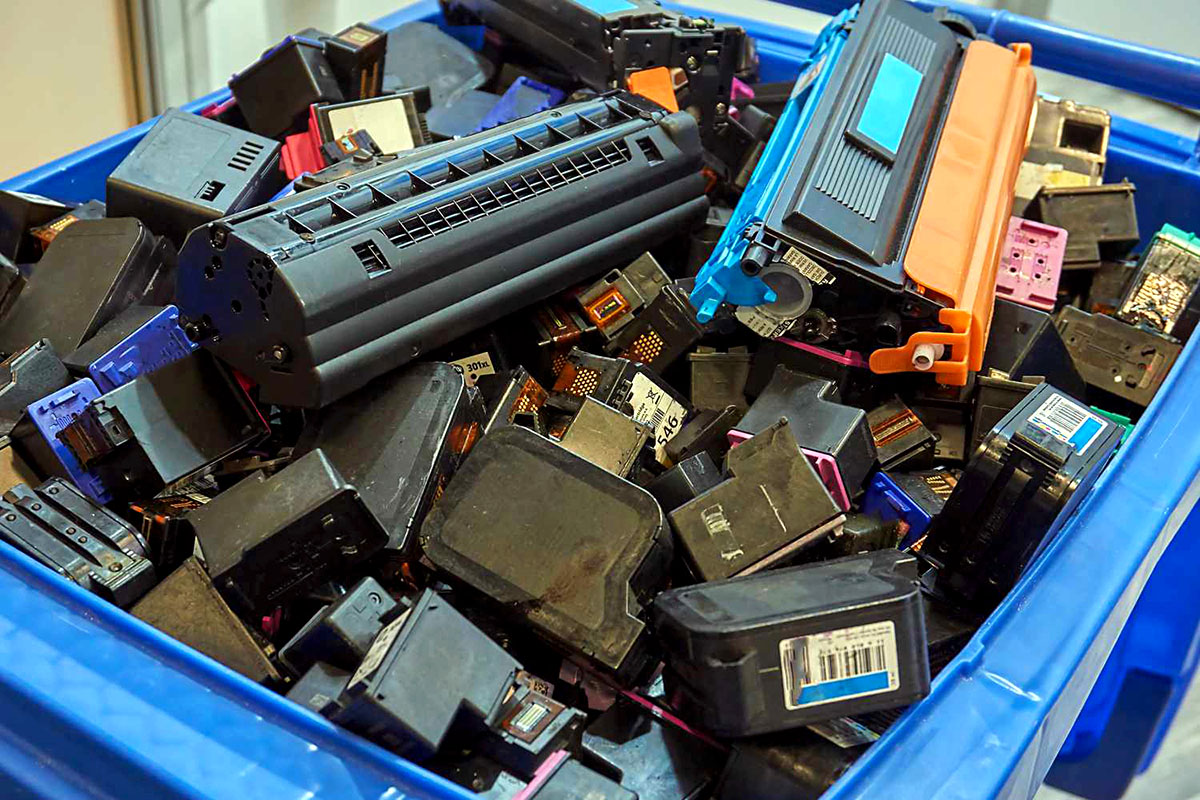

Smart Home Devices
What Is The Best Way To Dispose Of Printer Cartridges
Modified: January 22, 2024
Looking for the best way to dispose of printer cartridges? Explore eco-friendly options for smart home devices to recycle or donate your used cartridges. Reduce waste and contribute to a sustainable environment.
(Many of the links in this article redirect to a specific reviewed product. Your purchase of these products through affiliate links helps to generate commission for Storables.com, at no extra cost. Learn more)
**
Introduction
**
In today's digital age, printers have become an indispensable part of our lives, whether for professional or personal use. However, the environmental impact of printer cartridges, particularly their disposal, has raised concerns. Printer cartridges are composed of a complex combination of materials, including plastics, metals, and inks, making their disposal a significant environmental challenge.
As the world becomes increasingly conscious of sustainability and environmental conservation, it is crucial to explore the best practices for disposing of printer cartridges. In this article, we will delve into various methods for managing printer cartridges at the end of their lifecycle, considering factors such as environmental impact, cost-effectiveness, and convenience.
By understanding the options available for recycling, refilling, donating, or disposing of printer cartridges, individuals and businesses can make informed decisions that align with their values and contribute to a greener, more sustainable future. Let's explore the best ways to manage printer cartridges responsibly, ensuring that we minimize our ecological footprint while optimizing the lifespan of these essential consumables.
**
Key Takeaways:
- Recycling printer cartridges is an eco-friendly and cost-effective way to reduce waste, conserve resources, and promote a circular economy, benefiting the environment and offering incentives for participants.
- Refilling printer cartridges extends their lifespan, reduces waste, and saves money, but requires attention to quality and compatibility to maintain print quality and support sustainable printing practices.
Read more: What To Do With Printer Cartridges
Recycling Printer Cartridges
**
Recycling printer cartridges is a proactive and environmentally responsible approach to managing these consumables at the end of their life cycle. By recycling cartridges, individuals and businesses can significantly reduce the amount of waste sent to landfills while conserving valuable resources.
Many printer manufacturers and third-party recycling companies offer programs specifically designed for the collection and recycling of used printer cartridges. These programs often provide convenient drop-off locations at retail stores, office supply outlets, and recycling centers, making it easy for consumers to participate in the recycling process.
When a used printer cartridge is recycled, it undergoes a comprehensive refurbishment process. This typically involves disassembling the cartridge, cleaning and inspecting its components, and replacing any worn or damaged parts. The cartridge is then refilled with high-quality ink or toner, effectively restoring it to a condition that meets or exceeds industry standards.
Aside from the environmental benefits, recycling printer cartridges can also present cost savings for consumers. Many recycling programs offer incentives, such as discounts on new cartridge purchases or rewards points, encouraging individuals to participate in the recycling initiative.
Furthermore, recycling printer cartridges contributes to the conservation of raw materials and energy. By reusing the plastic casings and metal components of cartridges, the demand for new resources is reduced, leading to a decreased environmental impact associated with manufacturing new cartridges.
Overall, recycling printer cartridges is a sustainable and economically viable solution that aligns with the principles of a circular economy. By actively participating in cartridge recycling programs, individuals and businesses can play a significant role in reducing waste, conserving resources, and promoting a more environmentally conscious approach to printing technology.
**
Refilling Printer Cartridges
**
Refilling printer cartridges presents a cost-effective and eco-friendly alternative to traditional disposal methods. This approach involves replenishing used cartridges with fresh ink or toner, extending their lifespan and reducing the overall environmental impact associated with cartridge disposal.
There are various options available for refilling printer cartridges, including DIY refilling kits and professional refill services. DIY kits typically include the necessary tools, ink or toner, and instructions for refilling cartridges at home. While this option offers convenience and potential cost savings, it requires careful handling to avoid ink spills and maintain print quality.
Professional refill services, often offered by third-party providers or specialized retailers, offer a convenient and reliable solution for refilling printer cartridges. These services utilize advanced equipment and expertise to ensure precise refilling, resulting in optimal print performance and longevity of the cartridges.
One of the key advantages of refilling printer cartridges is the reduction of waste. By refilling and reusing cartridges, the volume of discarded cartridges sent to landfills is significantly diminished, contributing to a more sustainable waste management approach.
From a financial perspective, refilling printer cartridges can yield substantial cost savings compared to purchasing new cartridges. This is particularly advantageous for businesses and individuals with high printing demands, as the cumulative savings from refilling cartridges can be substantial over time.
It is important to note that while refilling printer cartridges offers numerous benefits, the process requires attention to quality and compatibility. Using substandard ink or toner, or refilling cartridges beyond their recommended lifespan, can compromise print quality and potentially damage the printer. Therefore, it is essential to source high-quality refill supplies and adhere to manufacturer guidelines for cartridge maintenance.
Overall, refilling printer cartridges presents a sustainable and economical approach to managing printer consumables. By embracing cartridge refilling as a routine practice, individuals and businesses can contribute to waste reduction, cost efficiency, and environmental stewardship in the realm of printing technology.
**
Many office supply stores and manufacturers offer recycling programs for printer cartridges. Check with the store where you purchased the cartridges or the manufacturer’s website for details on how to return them for recycling.
Donating Printer Cartridges
**
Donating printer cartridges is a meaningful way to extend the utility of these consumables while supporting charitable causes and community initiatives. Rather than discarding used cartridges, individuals and businesses can explore donation programs that facilitate the redistribution of cartridges to organizations in need.
Several charitable organizations, schools, and non-profit entities actively seek donations of printer cartridges to support their operational needs. By donating cartridges, individuals and businesses can contribute to these organizations’ resource sustainability while fostering a spirit of philanthropy and community engagement.
One of the primary benefits of donating printer cartridges is the positive impact on the environment. Rather than adding to the volume of waste in landfills, donated cartridges are repurposed, reducing the demand for new cartridges and conserving valuable resources. This aligns with the principles of circular economy and sustainable resource management.
Furthermore, donating printer cartridges can serve as a valuable contribution to educational institutions and non-profit organizations. Many schools and community centers rely on donated supplies to support their printing needs, enabling them to allocate their limited budgets to other essential programs and initiatives. By donating cartridges, individuals and businesses directly support these organizations’ missions and promote educational advancement and community development.
Additionally, some donation programs offer incentives or acknowledgments to donors, recognizing their contribution to the community. These may include tax deductions for businesses and personalized acknowledgments for individual donors, fostering a sense of appreciation and recognition for their philanthropic efforts.
When considering donation programs, it is advisable to research and connect with reputable organizations that have established processes for receiving and redistributing printer cartridges. This ensures that the donated cartridges are utilized effectively and contribute meaningfully to the recipients’ objectives.
Overall, donating printer cartridges presents a socially responsible and environmentally conscious approach to managing used consumables. By participating in donation programs, individuals and businesses can make a tangible difference in their communities while promoting sustainability and resource stewardship.
**
Disposing of Printer Cartridges in the Trash
**
Disposing of printer cartridges in the trash is a common but less environmentally friendly approach to managing these consumables at the end of their lifecycle. While it may seem convenient, this method contributes to the accumulation of non-biodegradable waste in landfills and poses challenges for sustainable waste management.
When printer cartridges are discarded in the trash, they typically end up in landfills, where their components, including plastics and metals, do not readily decompose. This can lead to long-term environmental implications, such as soil and water contamination, as well as the inefficient use of valuable resources that could otherwise be conserved through recycling or repurposing.
From an ecological standpoint, disposing of printer cartridges in the trash contradicts the principles of responsible resource management and circular economy. It perpetuates a linear, wasteful approach to consumable goods, contributing to the depletion of natural resources and the generation of unnecessary waste.
Furthermore, the disposal of printer cartridges in the trash overlooks the potential for reusing or recycling these items, missing opportunities to minimize environmental impact and conserve resources. Given the complex composition of printer cartridges, their disposal in landfills represents a missed opportunity for sustainable waste reduction and resource conservation.
It is important to note that certain types of printer cartridges, particularly those containing toner, may be classified as hazardous waste due to their chemical components. Disposing of such cartridges in regular trash can pose environmental and health risks, as the release of hazardous materials into landfills can have detrimental effects on ecosystems and human well-being.
While disposing of printer cartridges in the trash may seem like a convenient option, it is essential to consider the broader environmental and societal implications of this approach. By exploring alternatives such as recycling, refilling, or donating printer cartridges, individuals and businesses can actively contribute to sustainable waste management and resource conservation, aligning with a more environmentally responsible ethos.
Ultimately, responsible disposal practices, including the avoidance of landfill-bound waste, play a pivotal role in promoting a greener, more sustainable future for generations to come.
**
Read more: How To Clean A Printer Cartridge
Conclusion
**
Printer cartridges, integral components of modern printing technology, present a unique challenge when it comes to end-of-life management. As individuals and businesses seek to adopt more sustainable and environmentally conscious practices, it is essential to consider the best approaches for handling used printer cartridges.
Throughout this exploration, we have highlighted several methods for managing printer cartridges responsibly, each with its distinct benefits and considerations. Recycling printer cartridges emerges as a proactive and environmentally beneficial option, offering the opportunity to conserve resources, reduce waste, and contribute to a circular economy. The refurbishment and reuse of cartridges through recycling programs present a compelling case for sustainable resource management and cost-effective printing solutions.
Refilling printer cartridges offers another avenue for extending the lifespan of consumables while minimizing waste. By embracing cartridge refilling as a routine practice, individuals and businesses can realize significant cost savings and reduce their environmental footprint, aligning with the principles of eco-conscious printing practices.
Donating printer cartridges represents a socially responsible and community-oriented approach to managing used consumables. By supporting charitable organizations and educational institutions through cartridge donations, individuals and businesses can make a meaningful impact on their communities while promoting resource sustainability and environmental stewardship.
Conversely, disposing of printer cartridges in the trash, while common, presents environmental challenges and contradicts the principles of responsible resource management. This approach overlooks opportunities for recycling, reusing, and repurposing printer cartridges, ultimately contributing to unnecessary waste and resource depletion.
As we navigate the complexities of managing printer cartridges, it is evident that sustainable and environmentally friendly practices can significantly influence the impact of consumables on our planet. By embracing recycling, refilling, and donation initiatives, individuals and businesses can actively contribute to a greener, more sustainable future while optimizing the utility of printer cartridges.
Ultimately, the responsible management of printer cartridges aligns with broader efforts to promote sustainability, resource conservation, and environmental stewardship. By making informed choices and embracing eco-friendly practices, we can collectively contribute to a more sustainable printing landscape and a healthier planet for generations to come.
Frequently Asked Questions about What Is The Best Way To Dispose Of Printer Cartridges
Was this page helpful?
At Storables.com, we guarantee accurate and reliable information. Our content, validated by Expert Board Contributors, is crafted following stringent Editorial Policies. We're committed to providing you with well-researched, expert-backed insights for all your informational needs.
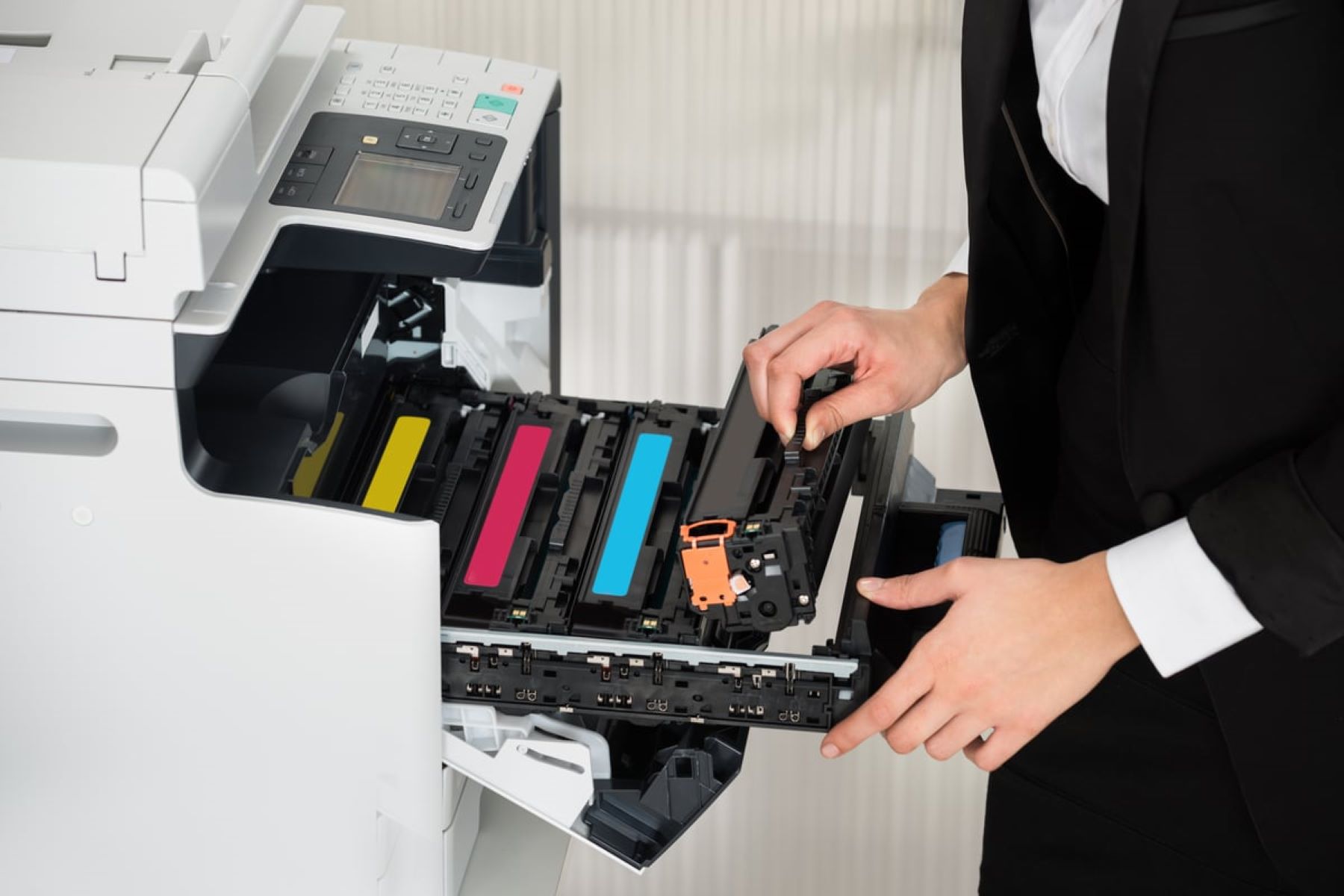
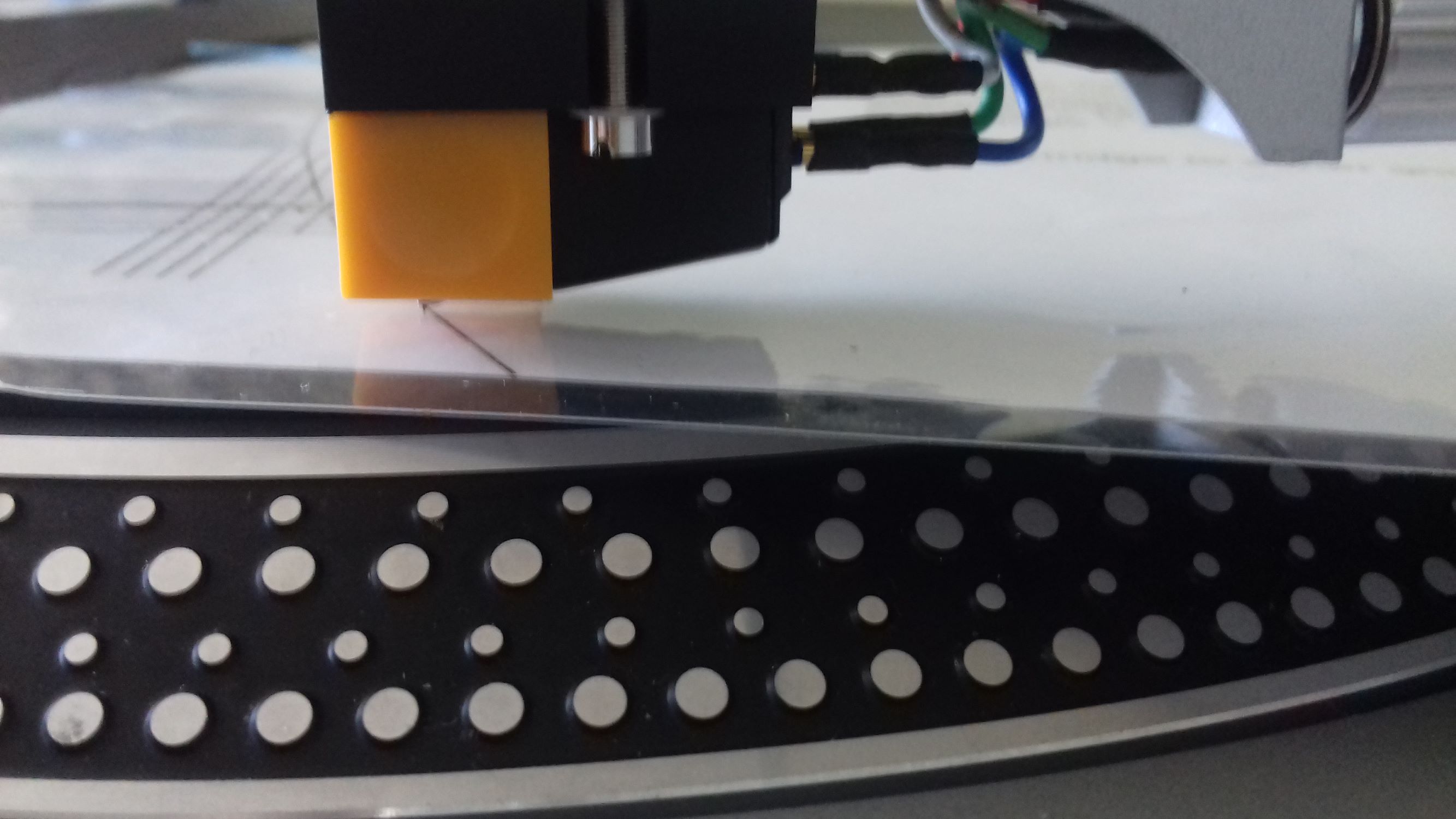
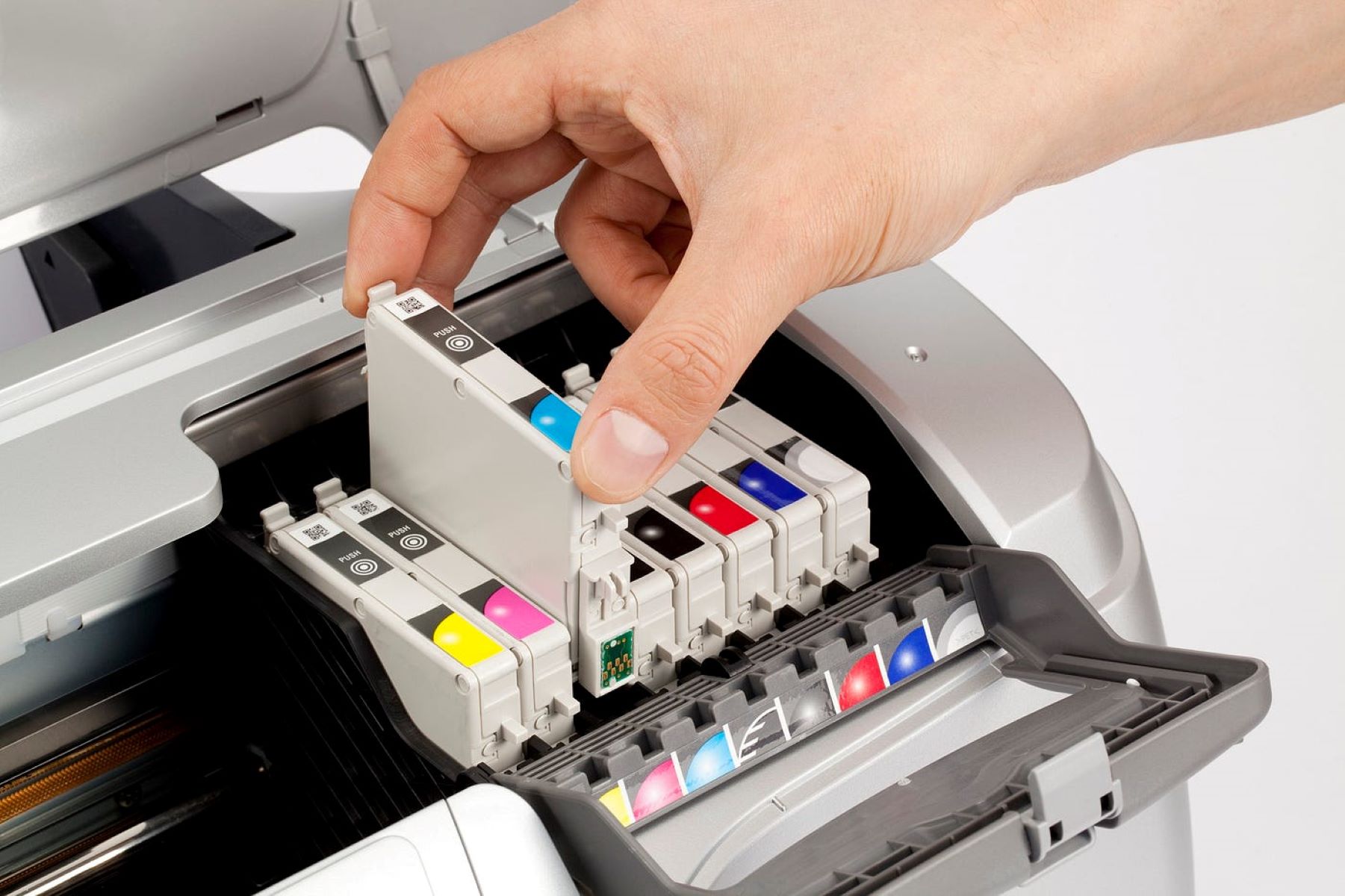
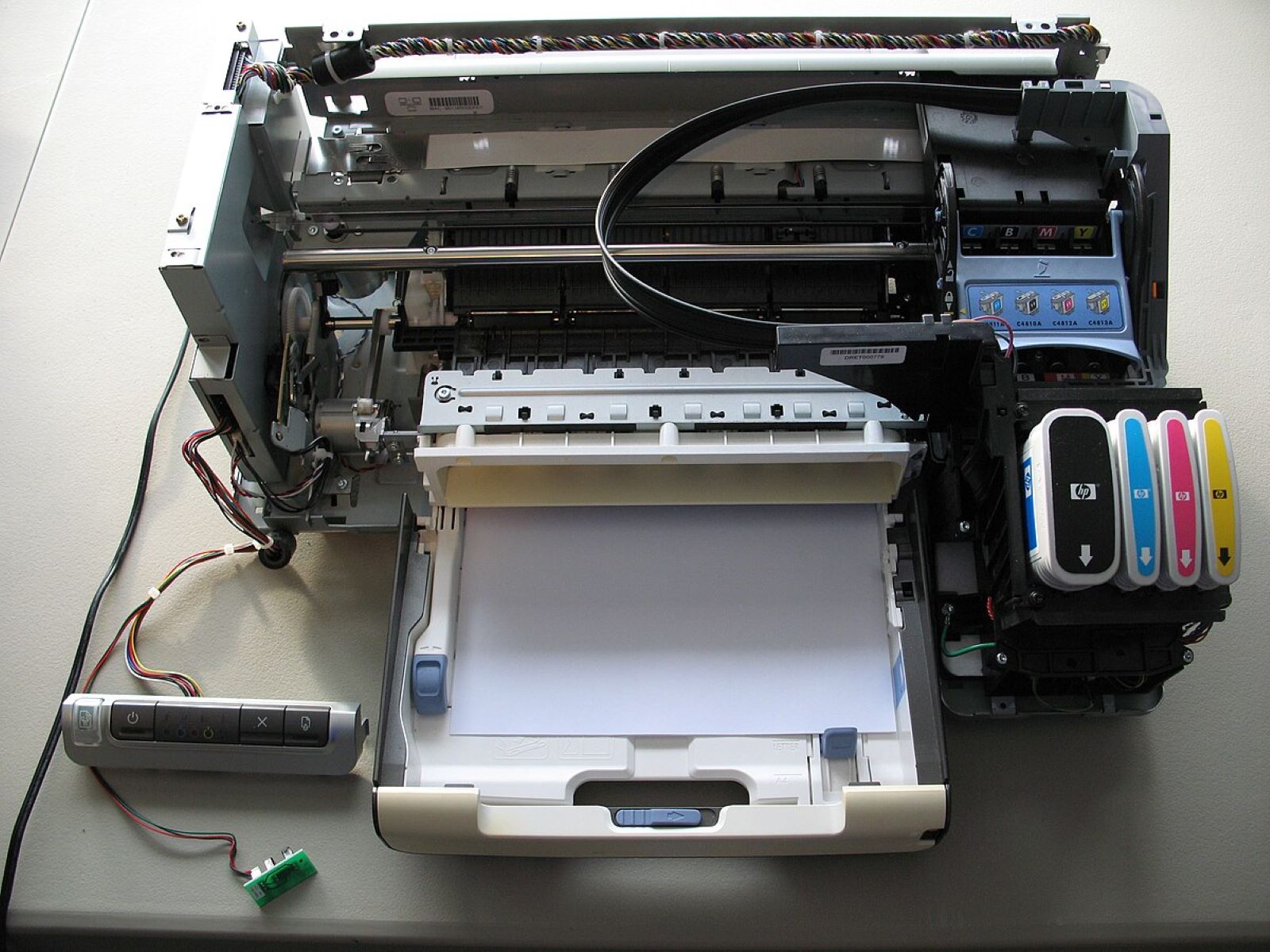
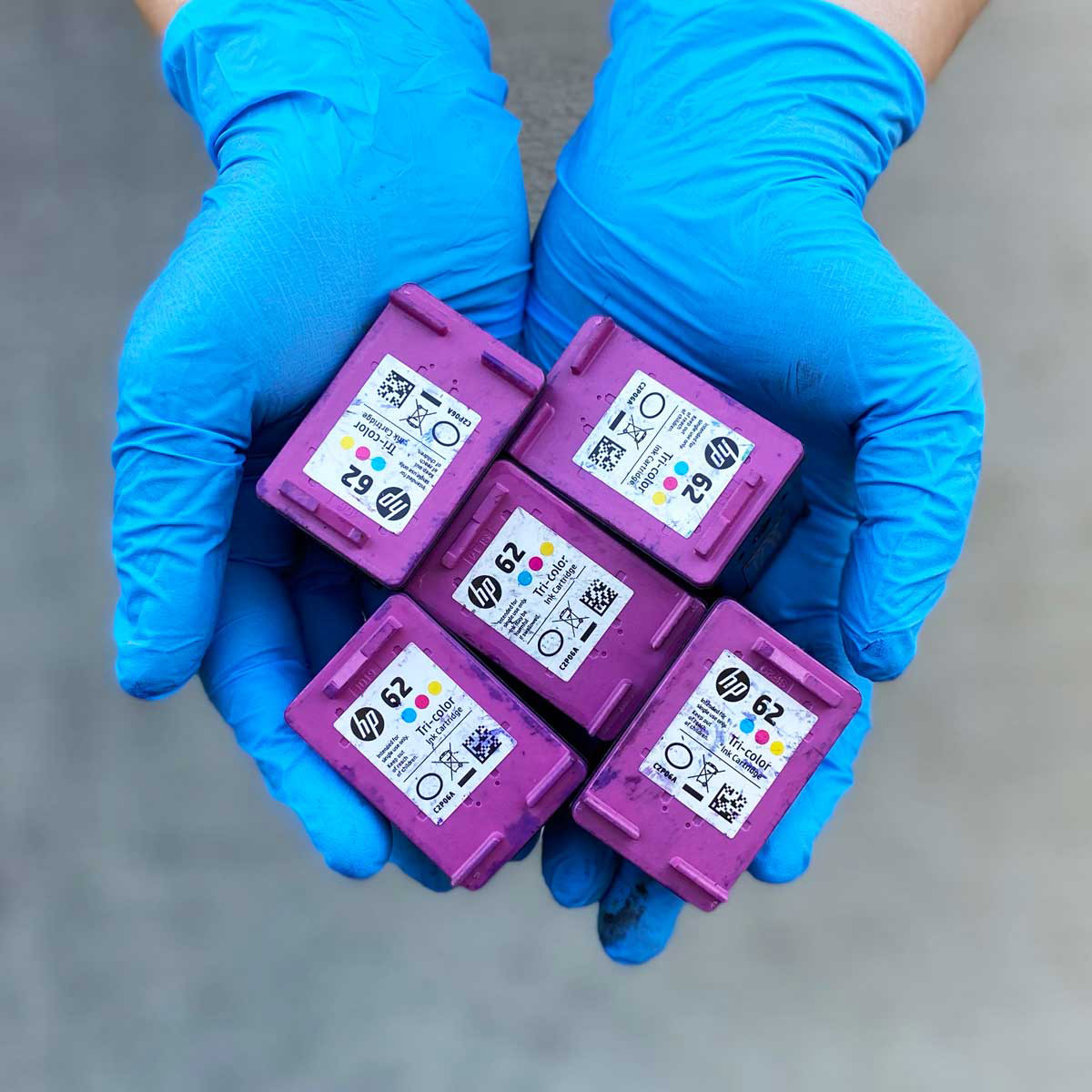
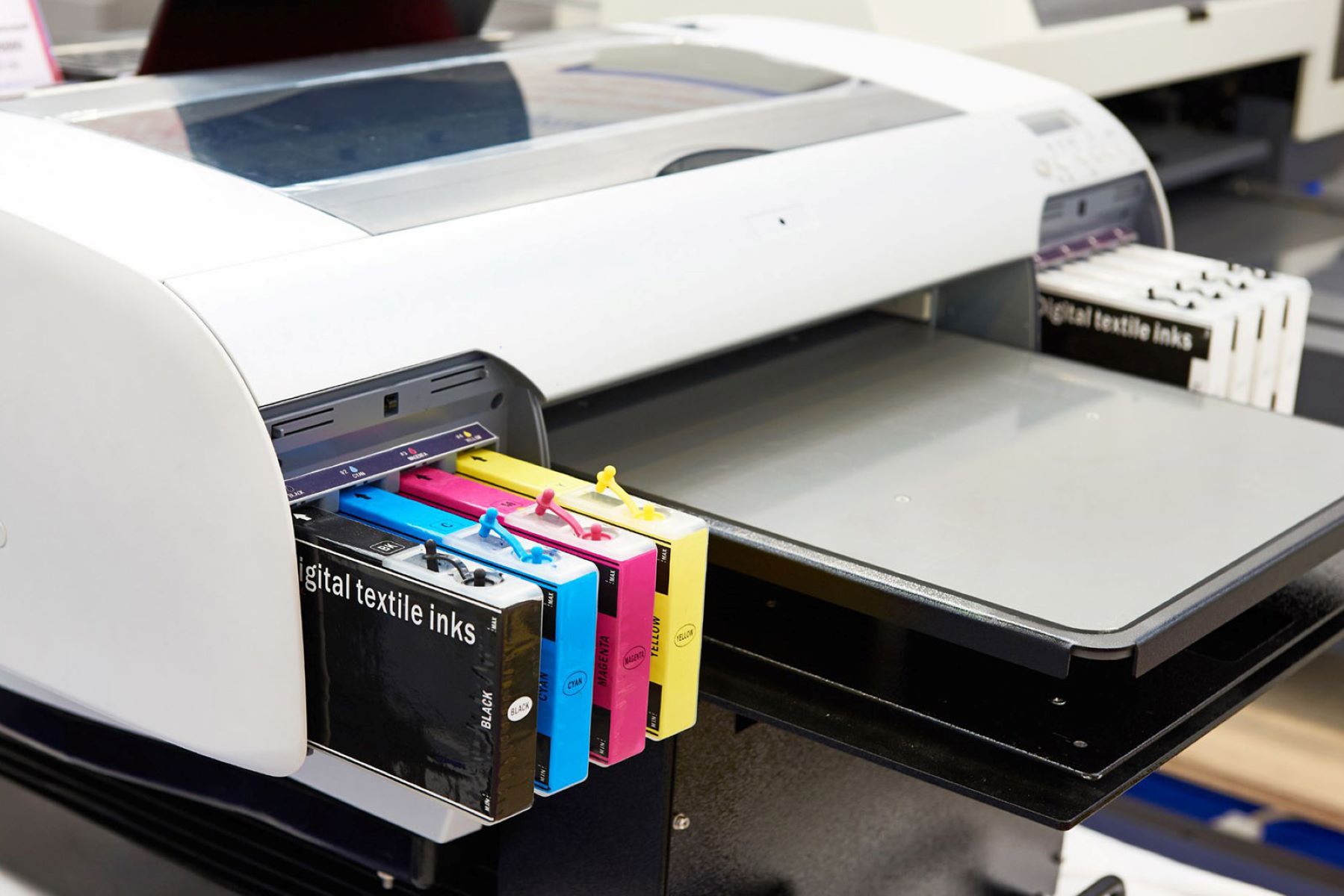
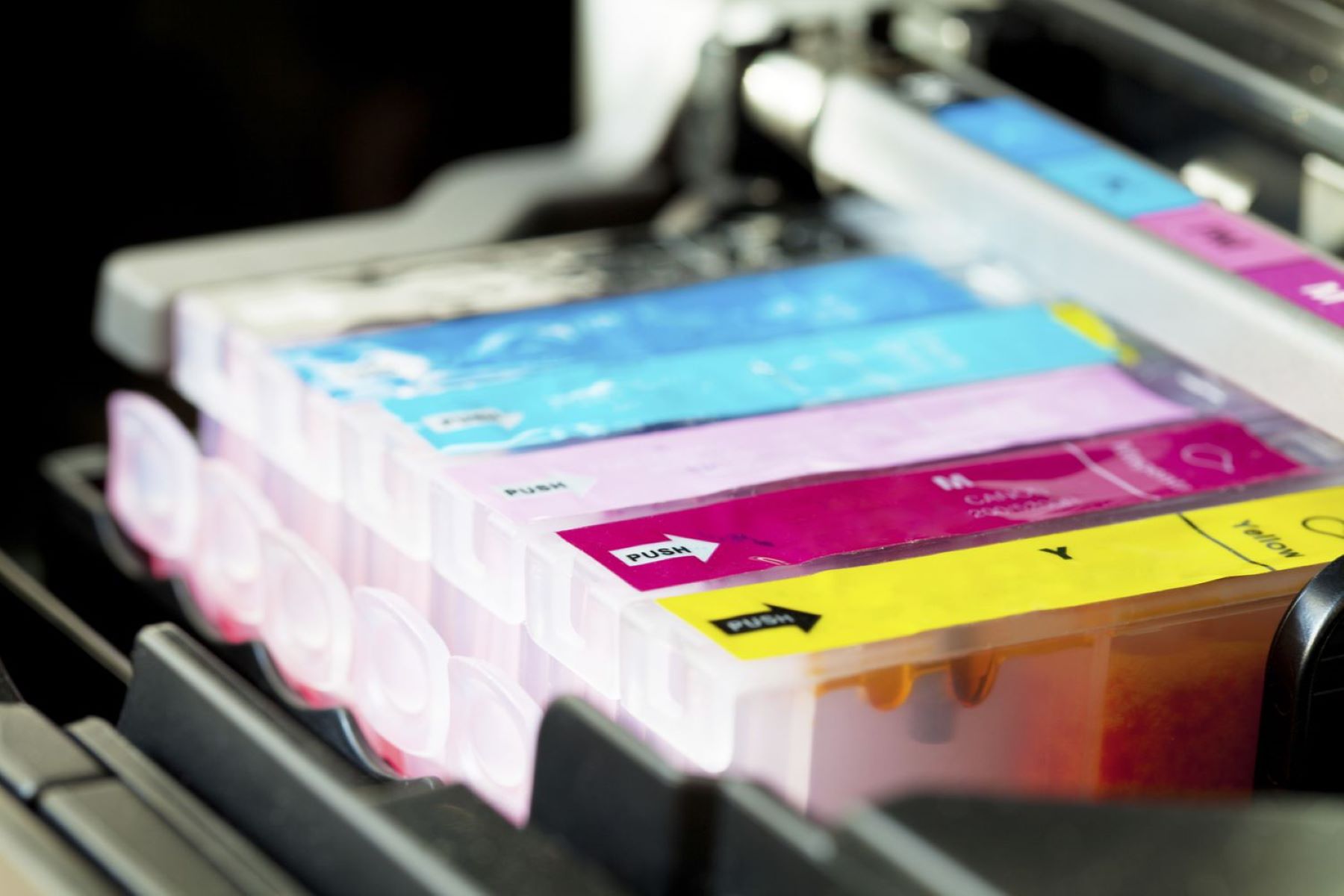
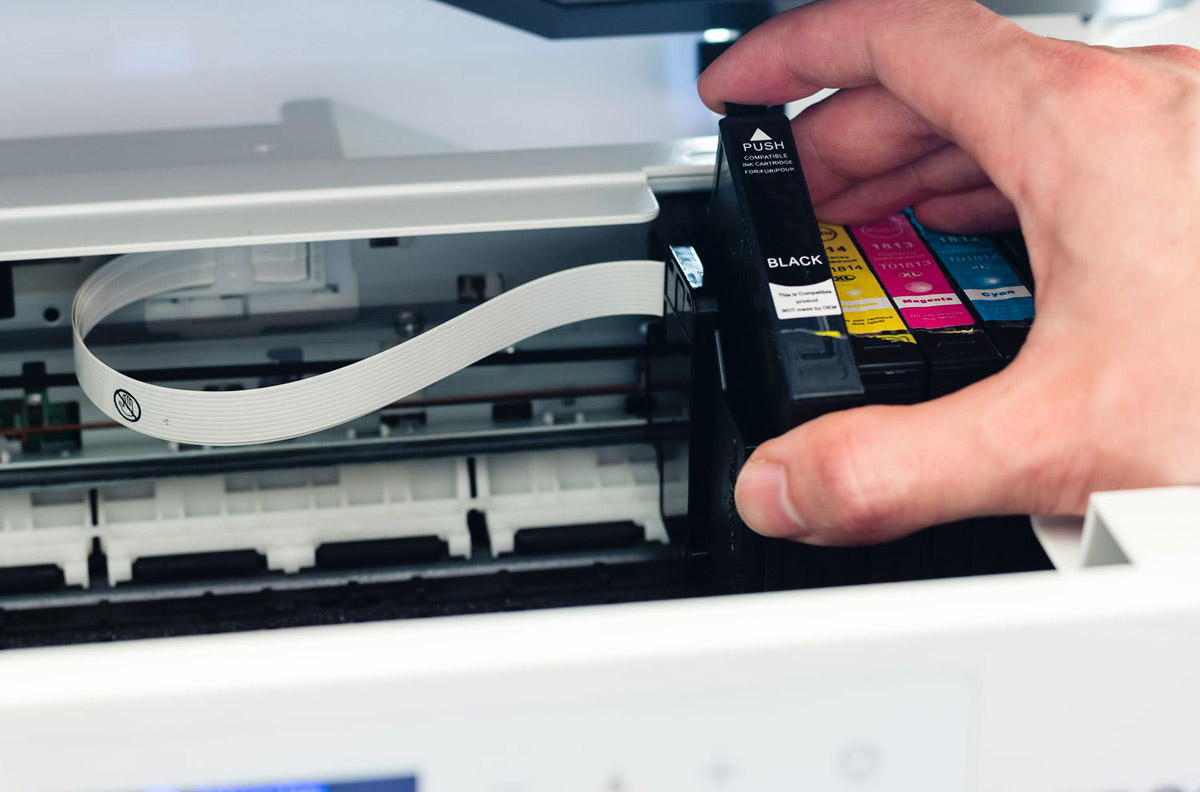
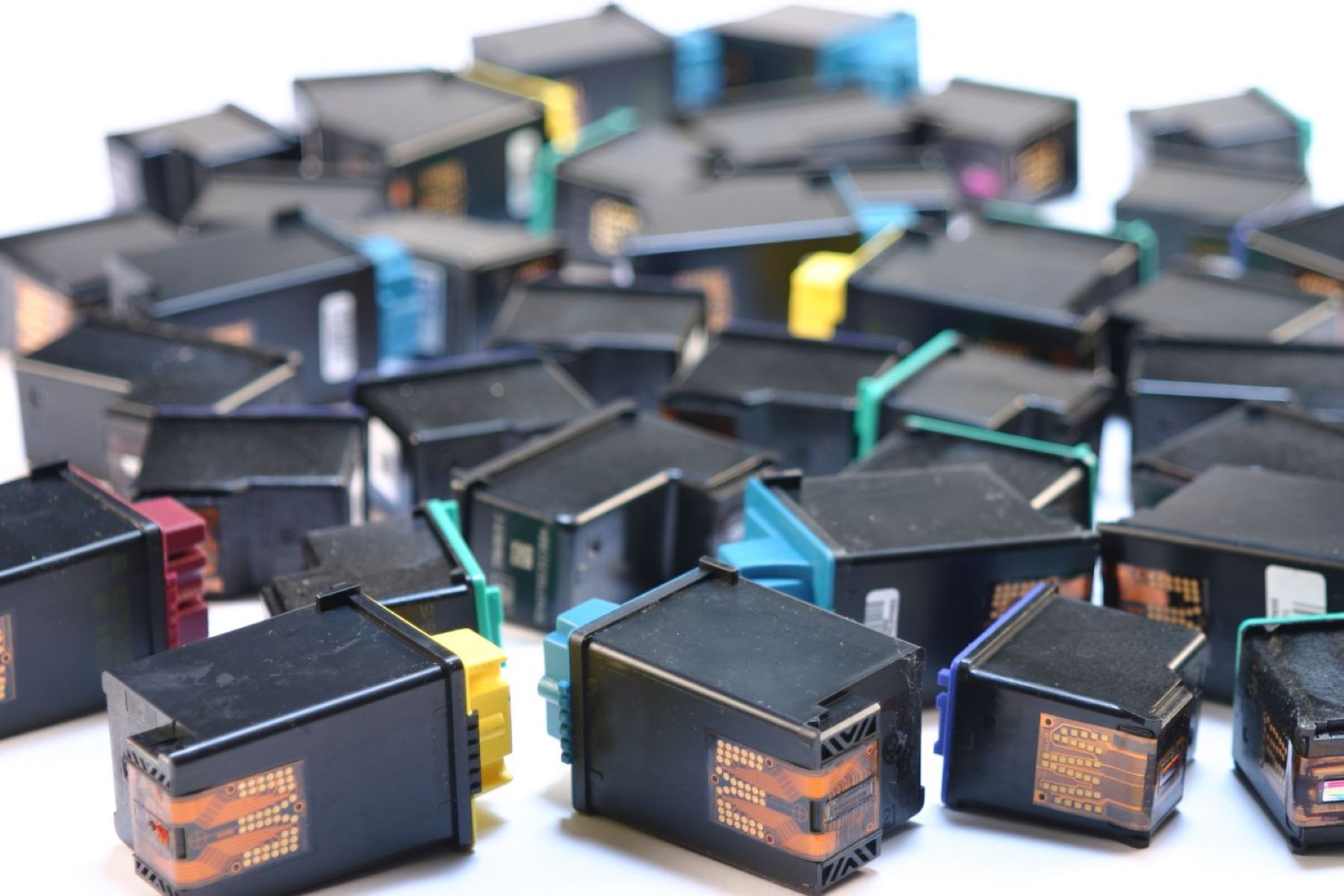
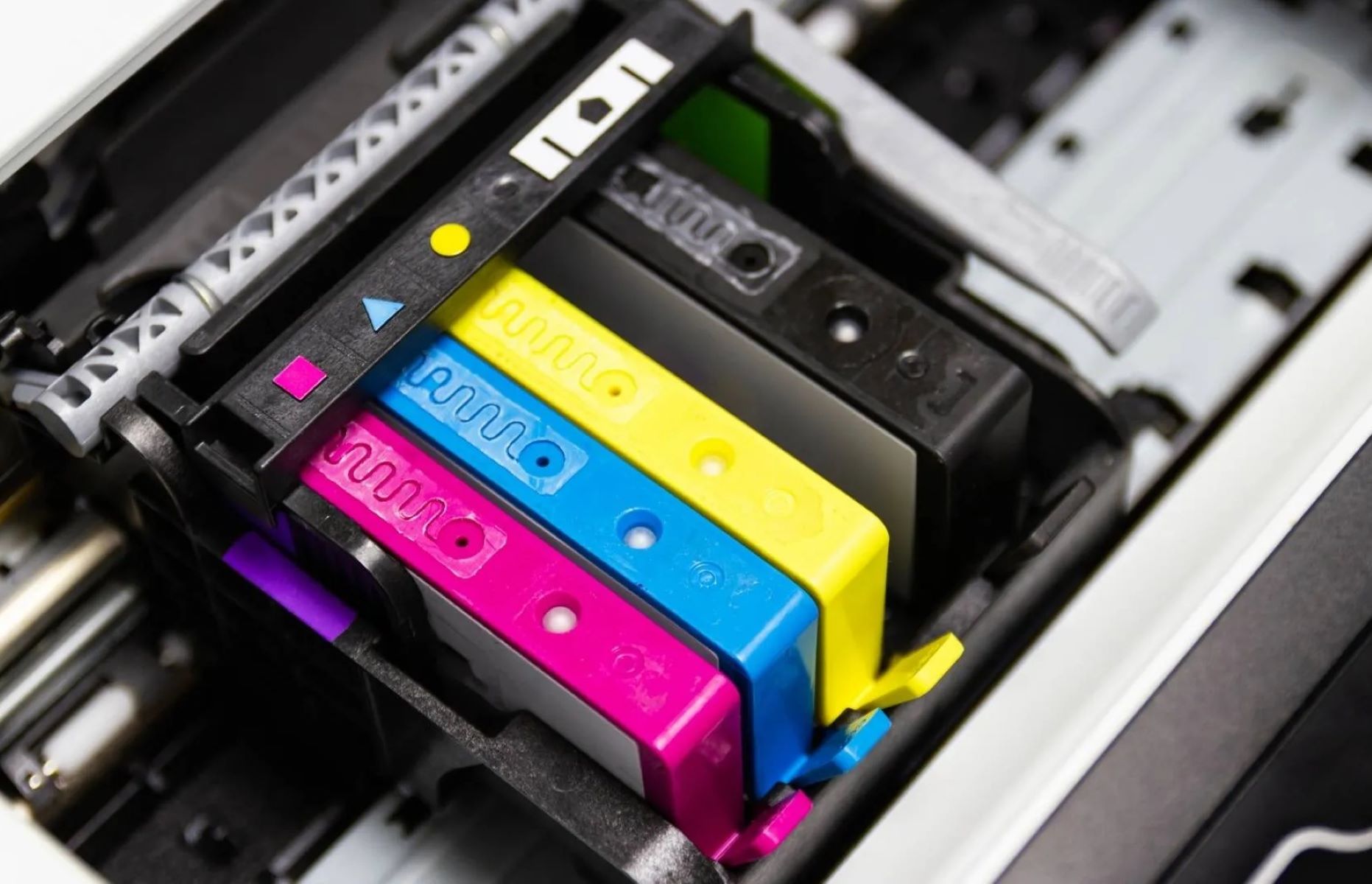
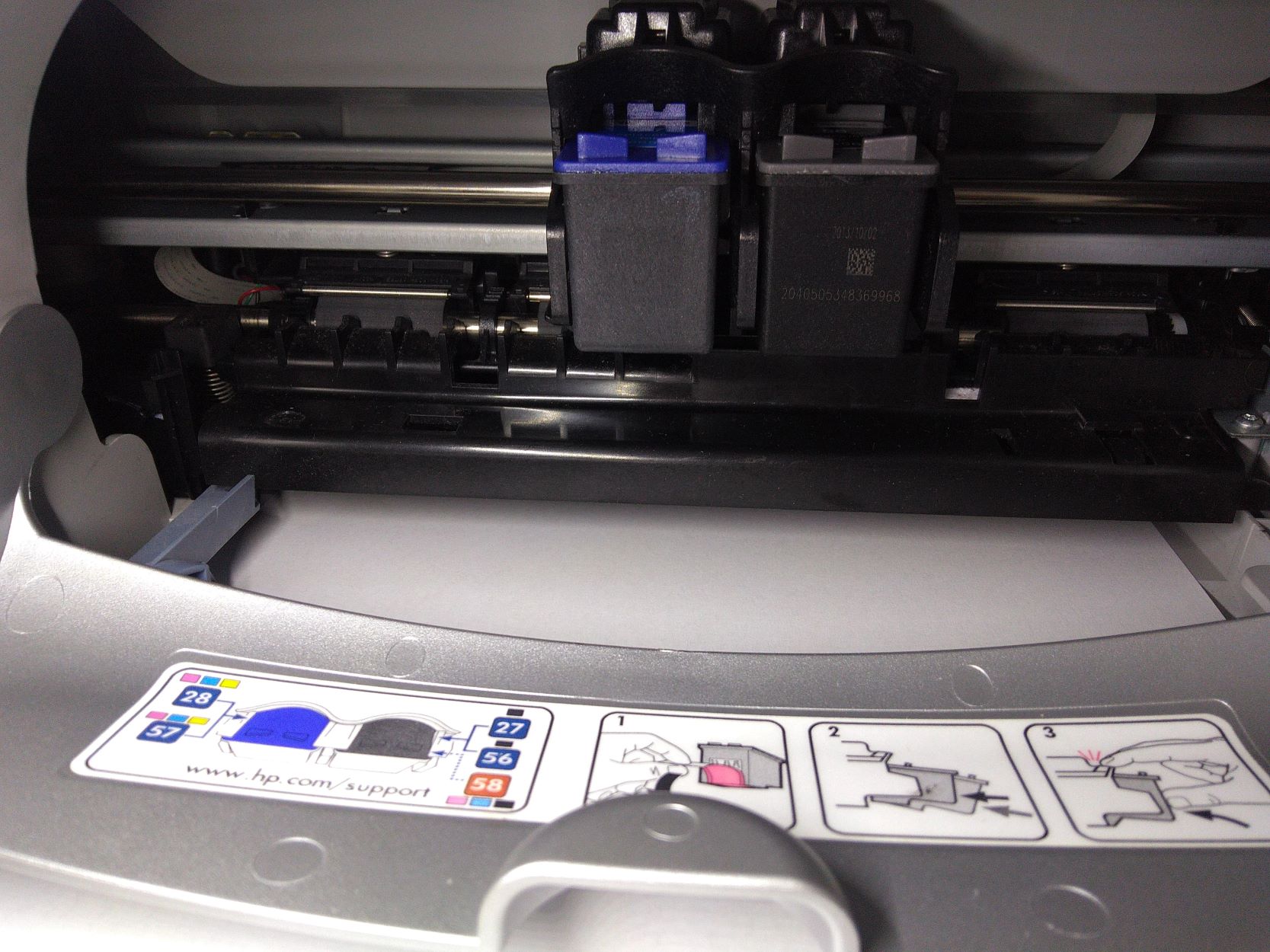
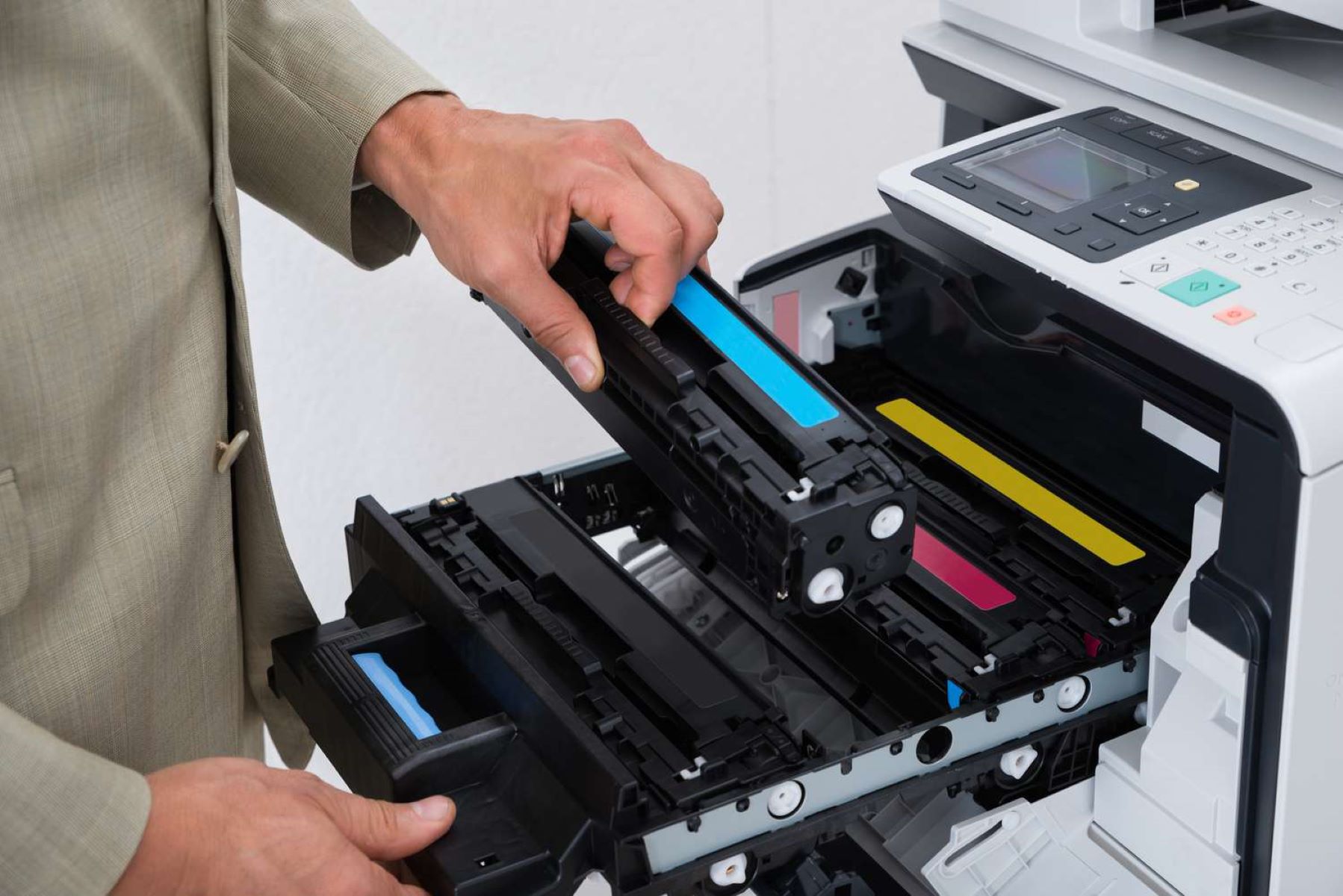
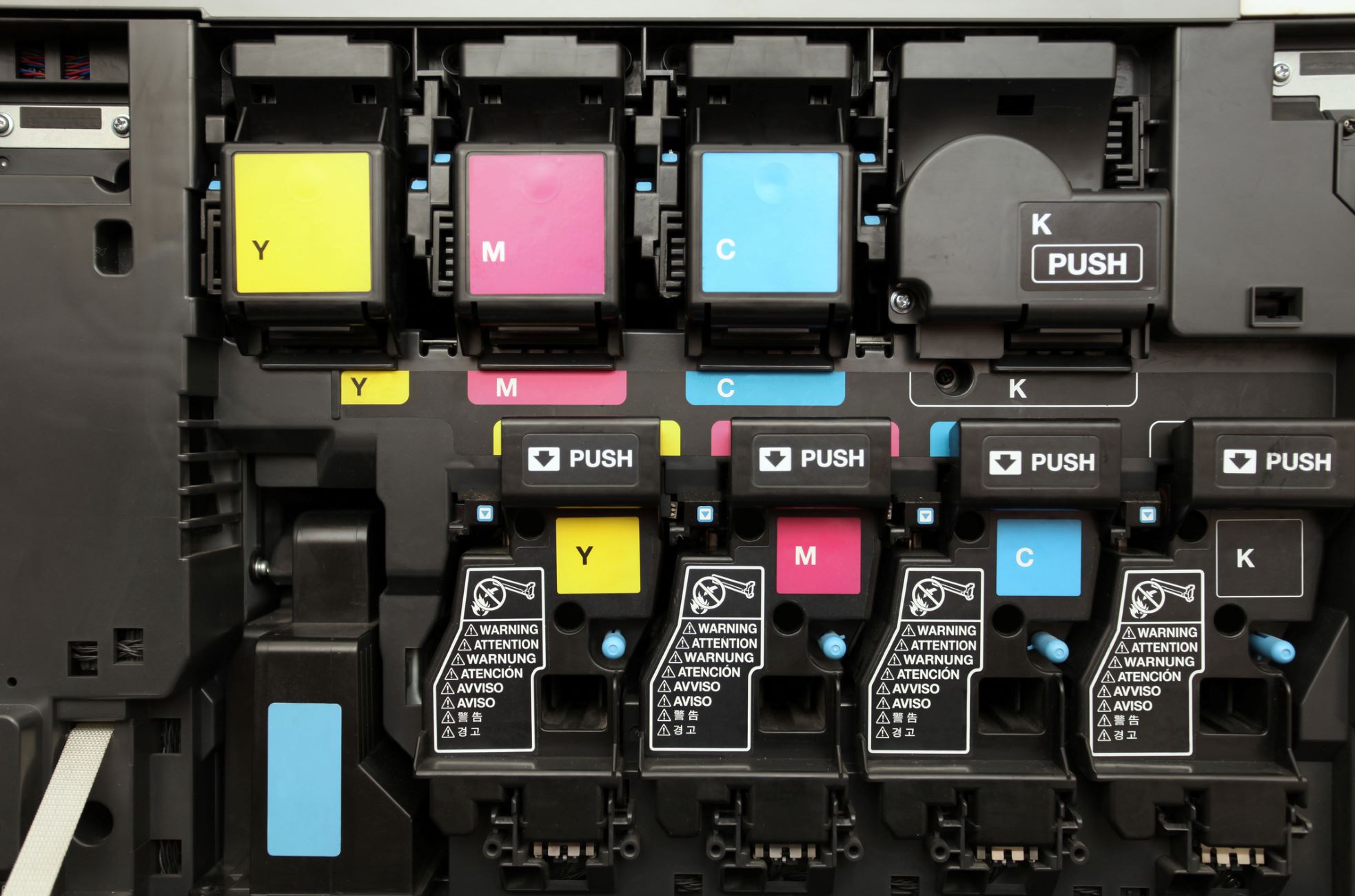
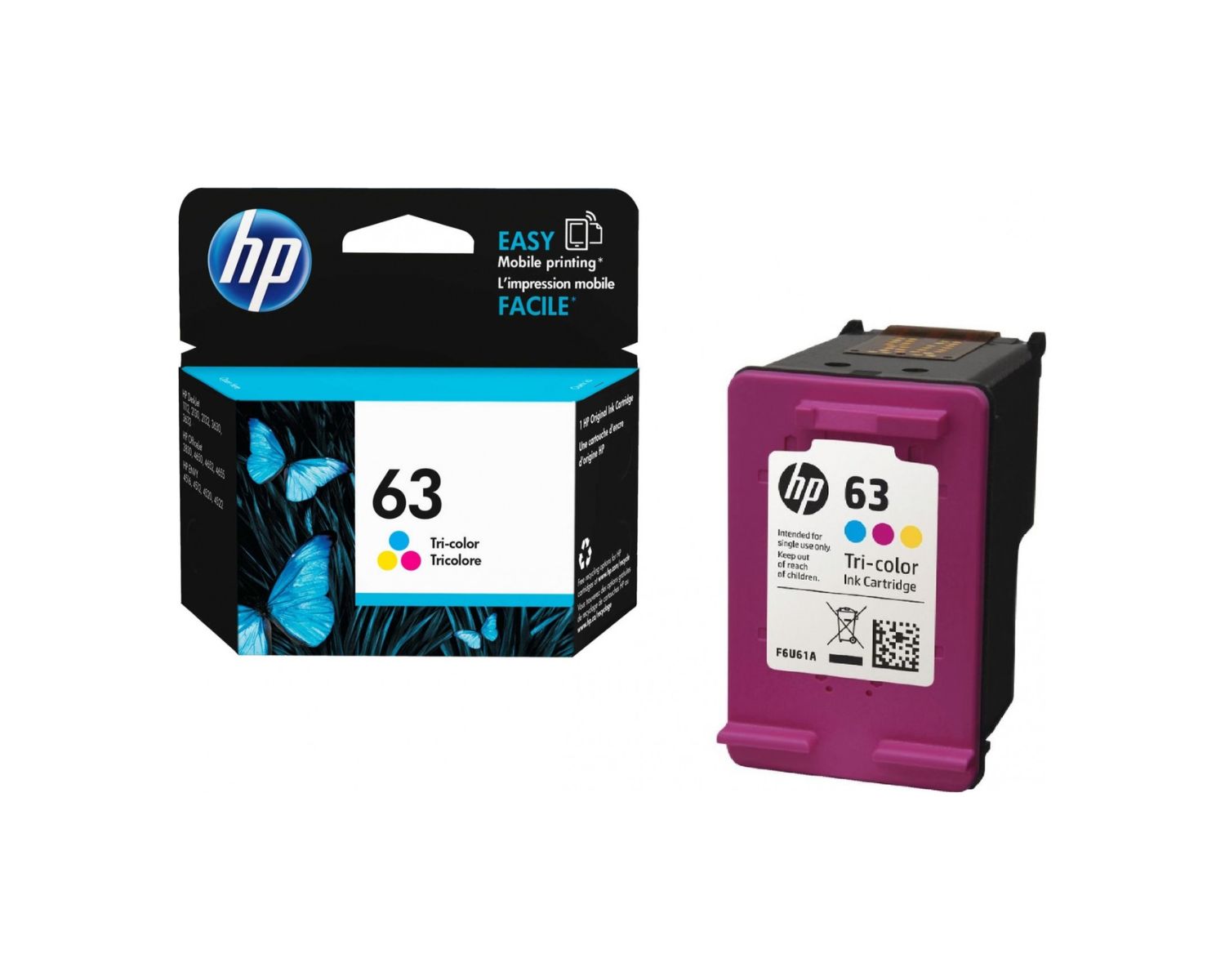

0 thoughts on “What Is The Best Way To Dispose Of Printer Cartridges”